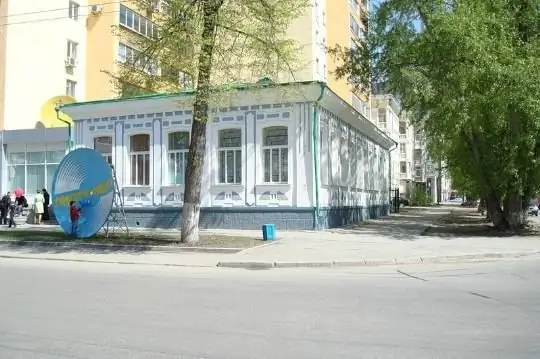
Description of the attraction
The A. S. Popov Radio Museum is one of the most interesting technical museums in the city of Yekaterinburg. The museum was founded in 1986. Its creation was initiated by the grand-niece of the inventor of the radio, A. S. Popov, with the support of the head of the Sverdlovsk radio club.
The museum was housed in the former home of a priest who became a member of the A. S. Popov. In the memorial room, where authentic things of the 19th century are presented, the life of the past is completely recreated.
The technical halls with an exposition of objects from the period of the XIX century, 20-30 years brought wide popularity to the exhibition. and modernity. Visiting the museum, you can clearly see and learn how radio devices developed - from the first detector receivers to modern "mobile phones". In the technical hall XIX - early. XX Art. the oldest Morse apparatus is presented, which has worked for more than a century. The condition of the device is very good, so everyone can witness its work. The history of technology is introduced to all kinds of devices, coils, machines and plates. There is also a model of the apparatus invented by A. Popov, which in May 1895 announced the beginning of a new era of radio.
Visitors are especially delighted with the first mechanical television, an exhibit from the early 1930s. in the form of an ordinary wooden box with a glass bulge. In addition, in the hall you can see samples of the first detector and battery receivers, representing wooden boxes with lamps sticking out from above. No less interesting is the exposition telling about the history of sound recording. It consists of active gramophones and gramophones, phonographs, record players and tape recorders of different periods of time.
A separate room in the Museum of Radio. A. Popova is dedicated to the technique that was used during the war years. These are supersensitive communication receivers, portable field radio stations, as well as the world-famous loudspeaker - "black plate". The last exposition of the museum is modern receivers and players showing how fast science is progressing.






